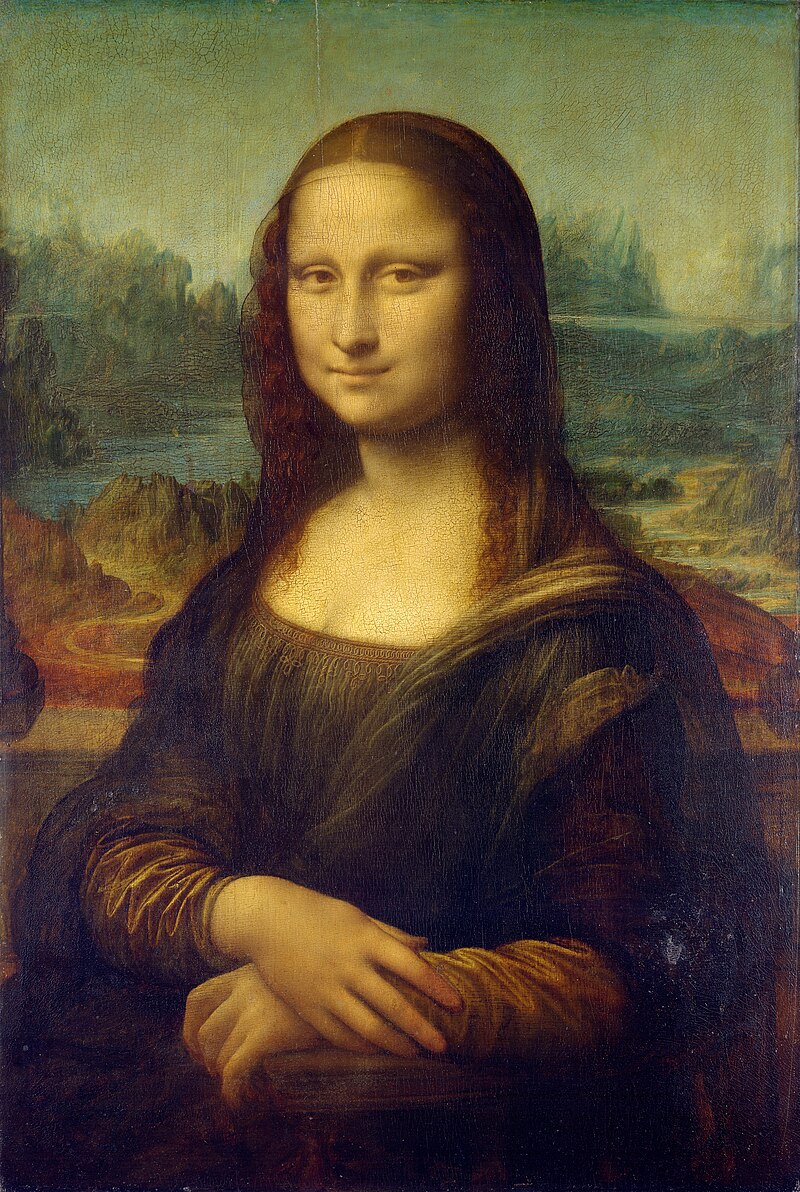The Dawn of a New Era
The Renaissance, a French word meaning "rebirth," was a fervent period in European history stretching roughly from the 14th to the 17th century. It marked a transition from the Middle Ages to modernity, characterized by a renewed interest in classical antiquity, particularly the art and literature of ancient Greece and Rome. This era witnessed an unprecedented explosion of creativity, intellectual curiosity, and cultural achievement that profoundly shaped the course of Western civilization.
Originating in Florence, Italy, the Renaissance gradually spread across Europe, influencing various aspects of life, from art and architecture to philosophy, science, and politics. It was a time when human potential and individual achievement were celebrated, moving away from the more collectivist and religious focus of the preceding era. The invention of the printing press also played a crucial role in disseminating new ideas and knowledge, fostering a more educated and engaged populace.
Titans of the Renaissance
The Renaissance was illuminated by a constellation of brilliant minds whose contributions continue to inspire. These individuals, often polymaths excelling in multiple disciplines, pushed the boundaries of human knowledge and creativity.
Leonardo da Vinci (1452-1519)
Perhaps the quintessential Renaissance man, Leonardo da Vinci was a painter, sculptor, architect, musician, scientist, inventor, anatomist, geologist, cartographer, botanist, writer, and more. His artistic masterpieces like the Mona Lisa and The Last Supper are iconic, while his detailed anatomical studies and visionary inventions foreshadowed many modern scientific and engineering concepts.
Michelangelo (1475-1564)
A master sculptor, painter, and architect, Michelangelo's works embody the power and emotion of the Renaissance. His David statue is a symbol of idealized human form, and his frescoes on the ceiling of the Sistine Chapel are considered one of the greatest artistic achievements in history.
Raphael (1483-1520)
Known for the clarity of form, ease of composition, and visual achievement of the Neoplatonic ideal of human grandeur, Raphael's paintings, such as The School of Athens, are celebrated for their harmonious compositions and graceful figures.
Niccolò Machiavelli (1469-1527)
A diplomat, politician, historian, philosopher, and writer, Machiavelli is best known for his political treatise "The Prince," which offered a pragmatic and often controversial view of power and statecraft, separating politics from traditional morality.
A Visual Revolution
The visual arts experienced a profound transformation during the Renaissance. Artists developed new techniques like linear perspective, chiaroscuro (the use of light and shadow), and sfumato (a smoky, hazy effect) to create more realistic and emotionally resonant depictions of the human form and the natural world.
Painting and Sculpture
Artists moved beyond the flat, symbolic representations of the medieval period to create works of astonishing depth, realism, and emotional complexity. The human body was celebrated for its beauty and anatomical accuracy, often inspired by classical sculptures.
Architecture
Renaissance architecture revived classical elements such as columns, arches, and domes, emphasizing symmetry, proportion, and harmony. Buildings like Brunelleschi's Dome for the Florence Cathedral and St. Peter's Basilica in Rome are testaments to this architectural renaissance.

Mona Lisa by Leonardo da Vinci

The Creation of Adam by Michelangelo

The School of Athens by Raphael

David by Michelangelo
The Scientific Revolution Begins
While often associated with art, the Renaissance also laid crucial groundwork for the Scientific Revolution. A spirit of inquiry and empirical observation began to challenge established doctrines, paving the way for groundbreaking discoveries.
Thinkers like Nicolaus Copernicus proposed a heliocentric model of the universe, challenging the long-held geocentric view. Andreas Vesalius revolutionized the study of human anatomy with his detailed and accurate anatomical texts, often based on direct dissection.
"The greatest deception men suffer is from their own opinions." - Leonardo da Vinci
An Enduring Impact
The Renaissance left an indelible mark on Western culture. Its emphasis on humanism, individualism, and secular learning continued to influence philosophical, political, and artistic movements for centuries. The artistic masterpieces created during this period remain cornerstones of our cultural heritage, and the intellectual foundations laid during the Renaissance spurred further advancements in science, exploration, and governance.
The spirit of curiosity, innovation, and the belief in human potential that defined the Renaissance continues to resonate today, reminding us of the transformative power of art, ideas, and the pursuit of knowledge.



